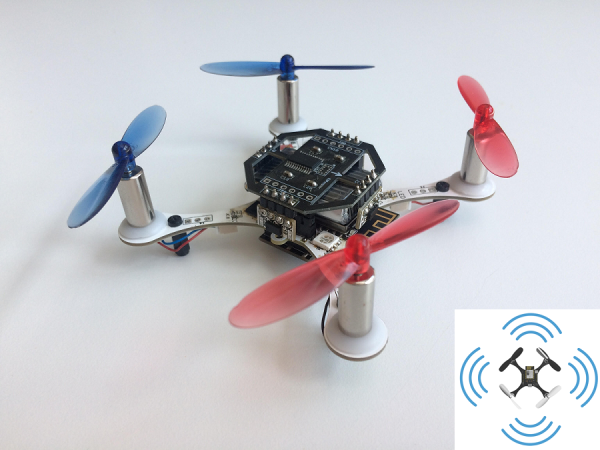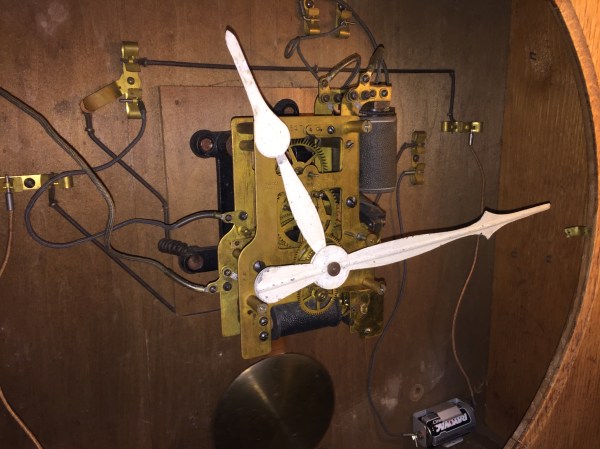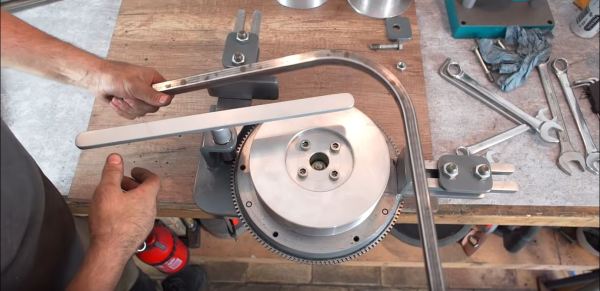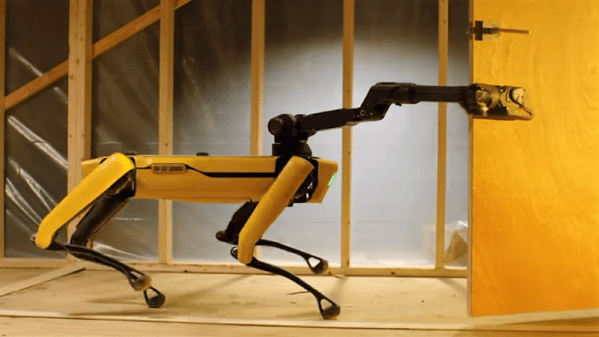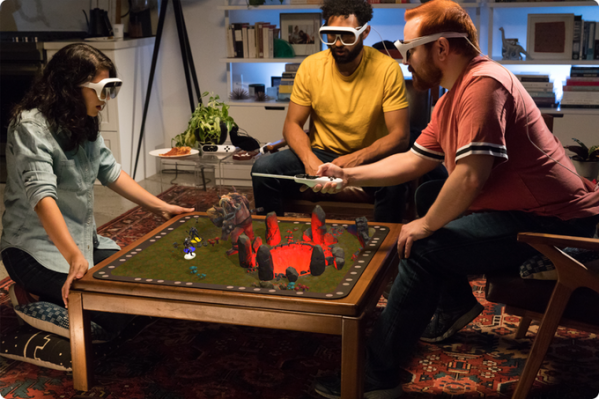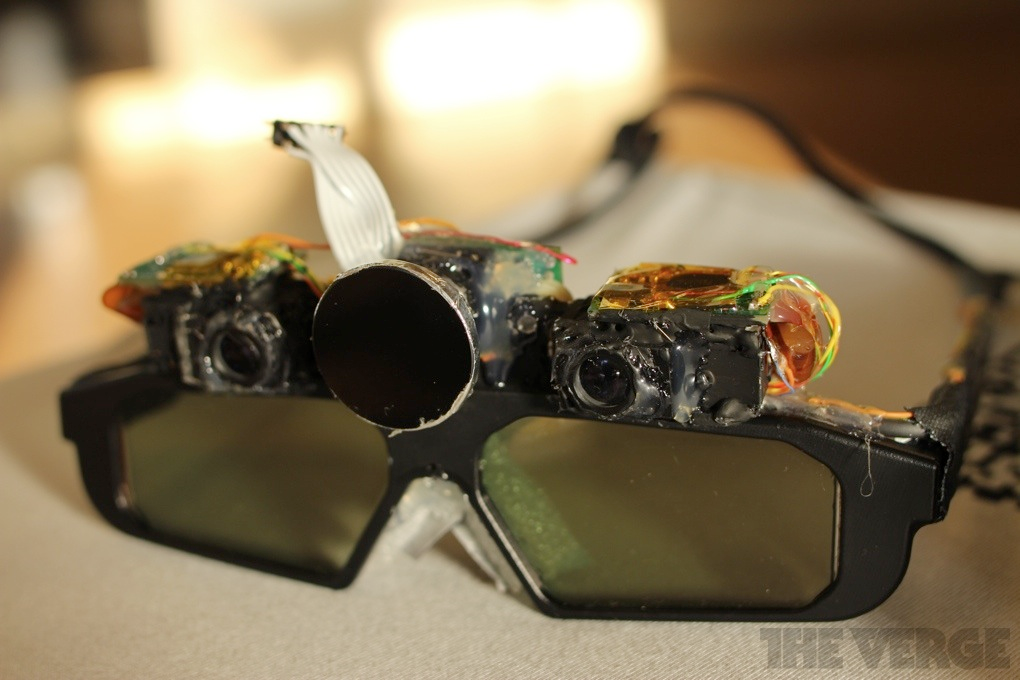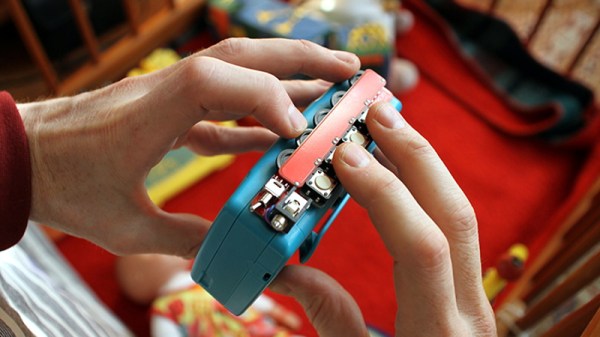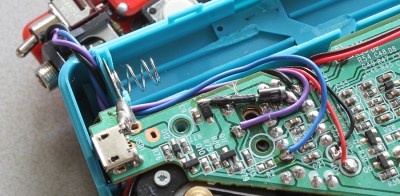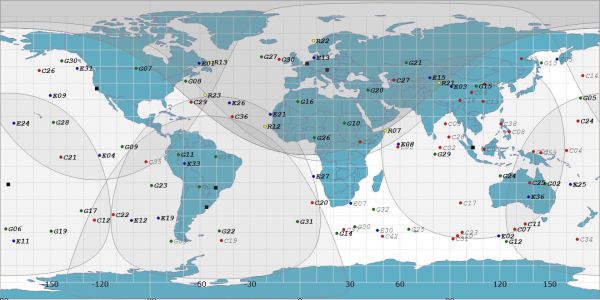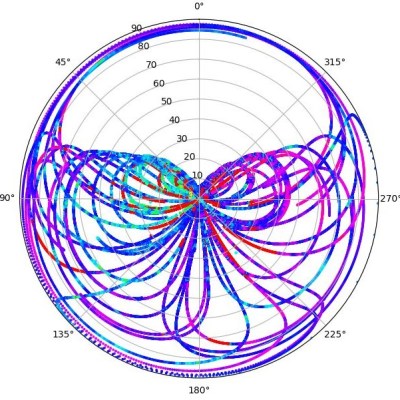With so many capabilities for obstacle avoidance, the only natural progression for drones would be for them to be hand-controlled. For Turkish inventor [metehanemlik], even this wasn’t enough of a challenge, as he decided to create the ESP8266-Powered Mini Drone: ESPcopter, a programmable Arduino-compatible modular drone that is open to modding through expansion shields. Not only can DIY enthusiasts modify the algorithms used for obstacle avoidance, but the drone can be sized to whatever dimensions fit their needs.
The drone is almost entirely built from expansion shields, including the multi-ranger shield with four VL53L0x laser-ranging sensors on the forward, backward, right, and left directions of the drone. The website for the ESPcopter comes with an SDK that lets users easily modify the software running on the drone’s MCU as well as pinouts to better understand its hardware functionality. Impressively, it was fully funded through a 60-day crowdfunding campaign, and will be undergoing a second launch shortly, with some new and improved features.
Power comes from a 26 0mAh LiPo battery that allows for up to six minutes of flight time; includes a 3-axis gyroscope, accelerometer, and magnetometer; runs on an ESP8266-12S 32-bit MCU; fully charges within 45 minutes through a USB connection; weighs around 35 g; and is about 90 mm from motor to motor. Continue reading “ESPcopter: A Fully Customizable Drone”

